
Changfang-Xidao to power 650,000 households with Class T turbines
This means that the turbines installed could withstand gusts of 57 metres per second.
WITH shallow water depths and the best wind conditions, Taiwan presents an opportunity for offshore wind farm development. But there is a caveat: the market is located in a typhoon-prone area. To overcome this, Copenhagen Infrastructure Partners deployed Class T wind turbines for its Changfang-Xidao offshore wind projects.
Changfang-Xidao, with a capacity of nearly 600 megawatts, is composed of 62 Vestas V174 turbines located 11 kilometres off the west coast of Taiwan.
“We have obtained a certification and then classification as class T,” Marina Hsu, Managing Director, CIP in Taiwan, told Asian Power. “T stands for ‘typhoon.’ That means [the turbine] could withstand the gusts of 57 metres per second."
“Taiwan is a typhoon zone. We closely monitor weather conditions at the windfarm. We want to make sure that when it hits, our turbine with such a big structure could withhold and withstand the typhoon during automatic shutdown,” Hsu said.
According to Taiwan’s Central Weather Administration, Taiwan was hit by a total of 375 typhoons between 1911 and 2023, with an annual average hit frequency of three to four times. The country’s typhoon season is between July and September.
The Changfang-Xidao project, which could generate electricity enough to power 650,000 local households and reduce carbon dioxide emissions by 1.1 million metric tonnes, costs over $3b (NT$97.6b) to develop.
The funding was secured through a non-recourse, syndicated loan from 27 different lenders across America, Europe, and Asia, with seven export credit agencies guaranteeing the project, Hsu said.
Conducive environment
Taiwan is located off the coast of southern China, with the Pacific Ocean on its east and the South China Sea on its southwest, creating a “funnel effect” for the wind to come in.
“Taiwan has some of the world’s best wind conditions,” Hsu said, adding that the seabed condition in the market is also conducive for offshore wind projects as it has gradual descent and a shallow depth of around 20 to 30 metres, specifically for the Changfang Xidao project.
Aside from this, Taiwan also has a “very robust” government regime that supports the development of offshore wind projects. For example, Hsu said that the government offers feed-in tariffs (FiT) for such projects.
During the project's construction, FiT stood at $0.17 (NT$5.5) per kilowatt-hour.
“The FiT, in a way, incentivises our investment,” she said. “But right now, Taiwan has graduated from the FiT and entered into a corporate power purchase agreement routine for the new wind farms.”
Delivered on time
With the project reaching a financial close in February 2020, just a few months before the pandemic hit, Hsu said navigating the construction amidst a global lockdown was one of the greatest challenges they had to overcome.
Despite this, they were able to start the project’s operation on schedule.
“We are the first project in Taiwan that has not applied for an extension of time with the government. All the projects before us were delayed, and they asked for a government waiver to extend the delivery time,” Hsu said.
“Everything shut down during COVID. Of course, our construction slowed down, but in the end, we delivered on time,” she added.
Constructing the project was especially challenging because all vessels carrying material for development, including technicians, were coming from abroad, mainly from Europe.
As the materials and the workforce needed were already sailing and flying towards Taiwan when restrictions were imposed, Hsu said they decided to redirect them to Japan, which was the closest country that did not have such limitations yet.
“They board the vessel so they become one in Japan, and then they sail to Taiwan. We had to use a big crane with thousands-tons of lifting capacity to pick up all the components, so there was no human interaction. It is only the crane pulling in all the equipment onto the vessel, and they set sail to the project site and install,” Hsu said.
This strategy cost CIP over $2.5m (NT$81.4m) but it saved the company around a month of construction amidst the uncertainties, Hsu said.
She added that using huge installation vessels costs around $748,000 (EUR700,000) daily. If such a vessel came to the site and was unused, that would be a huge waste of money.
Hiring skilled technicians coming from the Netherlands, Hungary, Indonesia, and Vietnam, amongst others, was also vital as CIP’s suppliers were starting from scratch. Wind turbines weighing around 1,300 tonnes and standing around 85 metres tall would require hundreds of welders.
To bring these welders to Taiwan, the company, along with the suppliers, had to lobby the government to secure permission.
“This calls for some sort of soft skill — how recognised and established you are as a developer in Taiwan — so that the government will open some green lanes for you,” she said. “The financial strength, experience, and political capital helped us through.”
Localisation
Despite bringing in foreigners to help in developing the power plant, Hsu said that they had the “highest localisation.”
They hired a team of around six to seven specialists to train local workers to help in training and teaching the suppliers in the welding process.
“Taiwan has no offshore wind industry. Therefore, you need to train the suppliers from the ground up, from zero, how to build factories, and then train all the staff and have them deliver to the European standard,” Hsu said.
This is in line with the goal of the government to support local industries. The Global Wind Energy Council’s Global Wind Report stated that Taiwan requires project bidders to locally procure key development items for at least 60% of the proposed capacity.
For the Changfang-Xidao project, CIP partnered with local supplier Century Wind Power.
Part of the training provided was document control, wherein the local workforce was required to document every single weld they did on the turbine.
Hsu also said that health and safety were one of their priorities, ensuring that the workers wore their helmets and the scaffolding was aligned.
For the operations and maintenance of the facility, CIP hired a CEO from Europe with over 12 years of industry experience. Over 70% of the staff members are local. Hsu said that next year, they aim to reach 90% localisation and eventually have a fully localised crew within three to four years.
Venture to the Philippines
Moving forward, Hsu said they aim to bring more energy to Asia. CIP has currently set its eyes on the Philippines, following the implementation of a law that allows a foreign enterprise to own 100% renewable assets.
They target developing around 2 GW of renewable projects, which could power over 2.5 million households.
“We are very confident that with CIP’s investment in the Philippines, the country could enjoy affordable clean energy, cheaper than that in Taiwan, very soon,” she said.
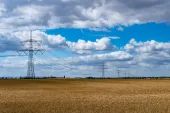
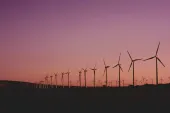
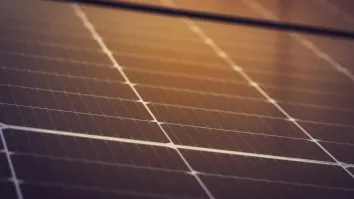
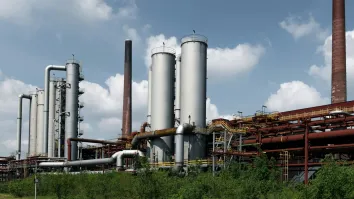
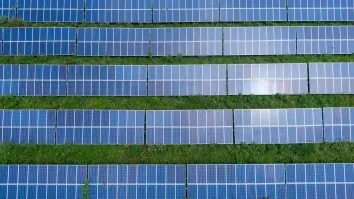
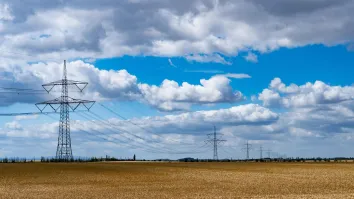
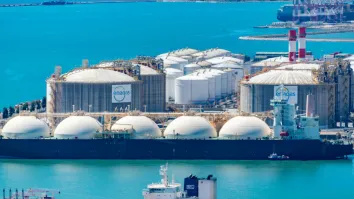












 Advertise
Advertise







